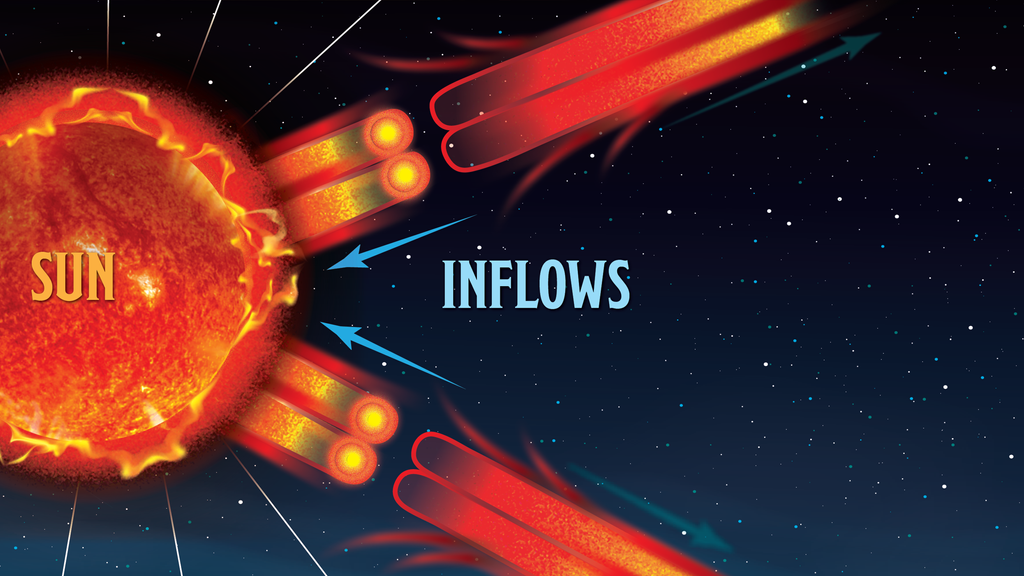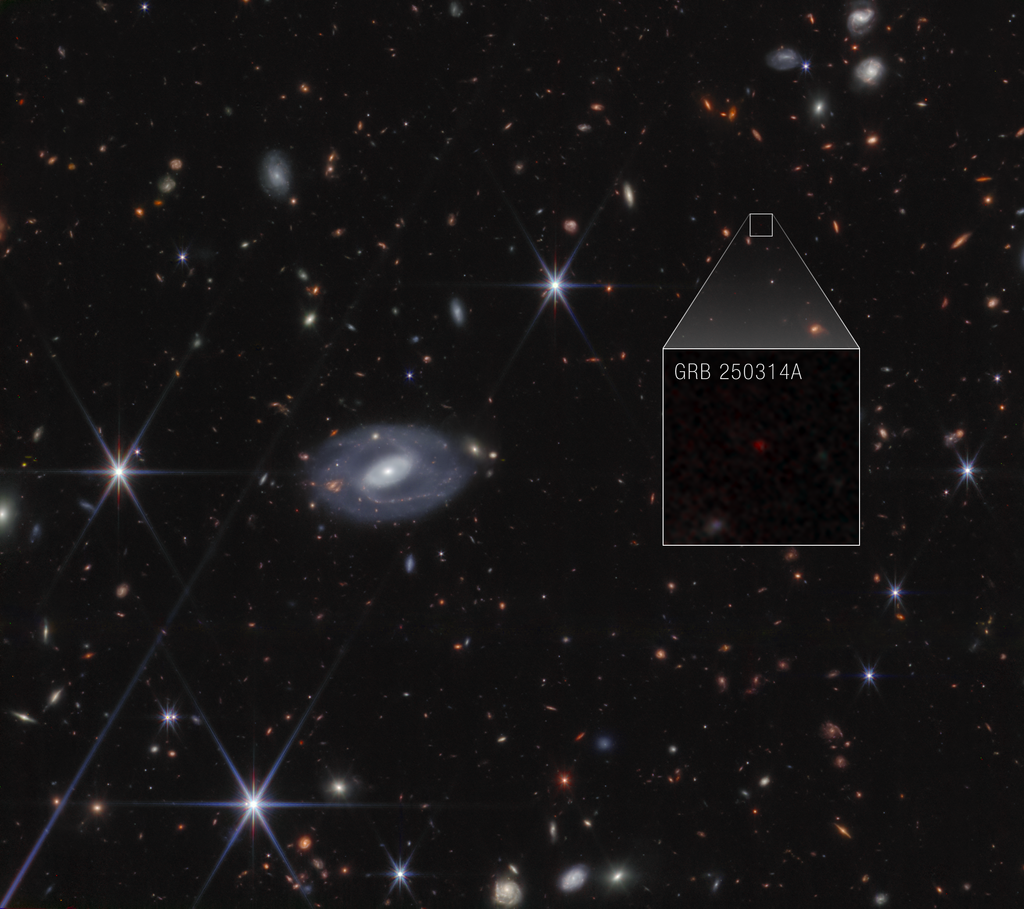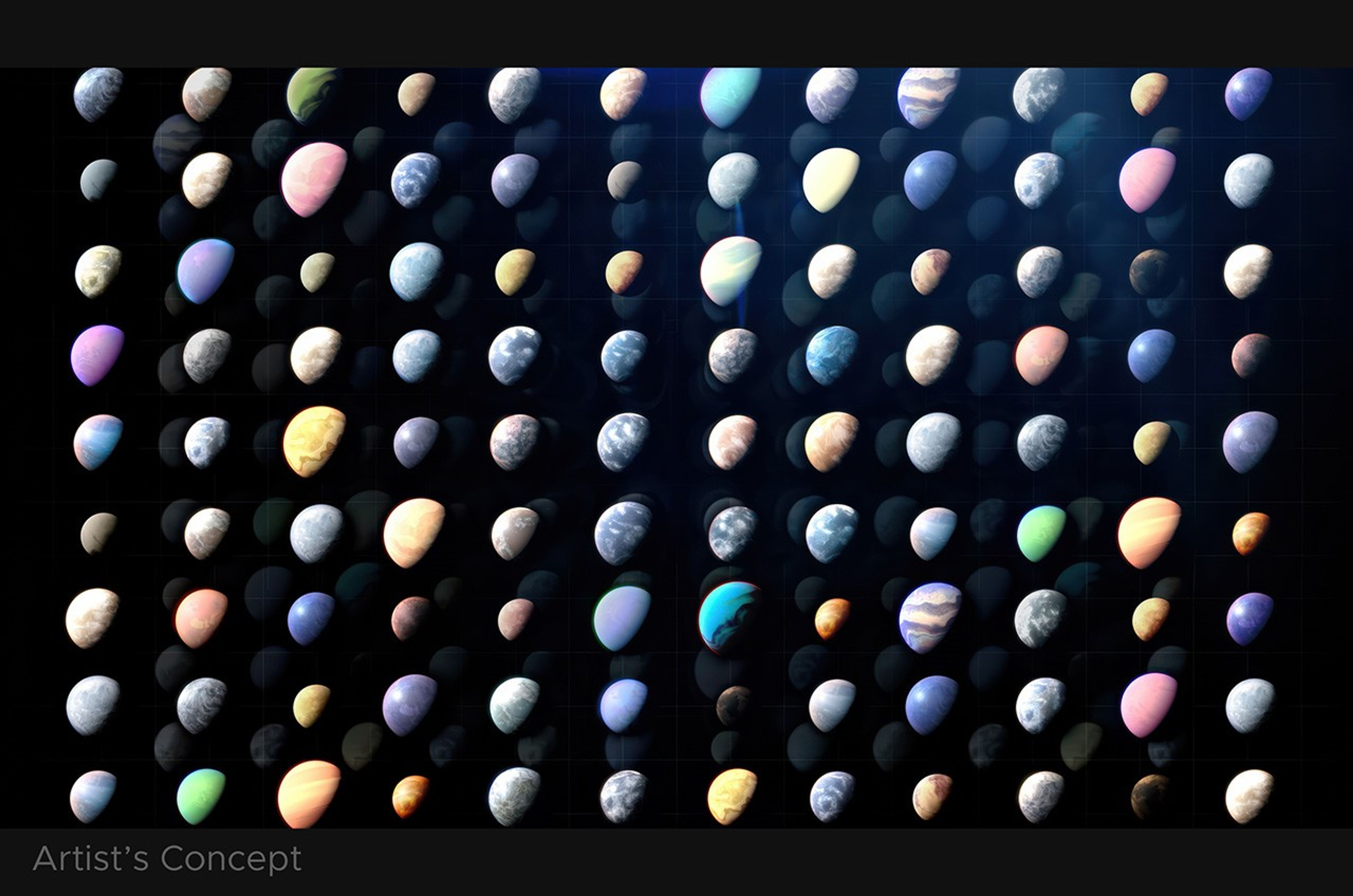Studies
Studies Overview | Decadal STDTs | SDET | SSWG | Probe Scale STDT
Overview
Decadal Studies Science and Technology Definition Teams (STDT)
To inform the 2020 Astrophysics Decadal Survey, teams were selected to study four large mission concepts (HabEx, LUVOIR, Lynx, OST), to provide the Decadal Survey Committee with the science case, design reference mission, technology development needs, and cost assessments for each concept. [Learn more]
Standard Definition and Evaluation Team (ExSDET)
In 2016, the NASA Astrophysics Division chartered an Exoplanet Standard Definition and Evaluation Team (ExSDET) to provide an unbiased science yield analysis of multiple large mission concepts for the astrophysics decadal survey, using a transparent and documented set of common inputs, assumptions and methodologies. [Learn more]
StarShade Readiness Working Group (SSWG)
The StarShade Readiness Working Group was assembled to determine the best path to maturing starshade technology to flight readiness. At full-scale, a starshade, along with its space telescope, cannot be fully tested on Earth as the distance between the two spacecraft are tens of thousands of kilometers. This working group, assembled of engineers from industry, academia, and NASA, worked to identify and define sub-scale demonstrations that would reduce many of the deployment and operational risks. [Learn more]
Probe Scale & Extended Study Science and Technology Definition Teams (STDT) for Exoplanet Direct Imaging Mission Concepts
The NASA Astrophysics Division established two Science and Technology Definition Teams (STDTs) to study probe-scale (cost less than $1B) mission concepts for the direct detection of extrasolar planets orbiting nearby stars - one based on a telescope with an internal coronagraph and a second with a pair of spacecraft flying in formation - a telescope and an external occulter (starshade). Building on the probe-class studies, "Extended Study" STDTs performed high-level assessments of the performance, cost and technical risk of direct imaging architectures. [Learn more]






























